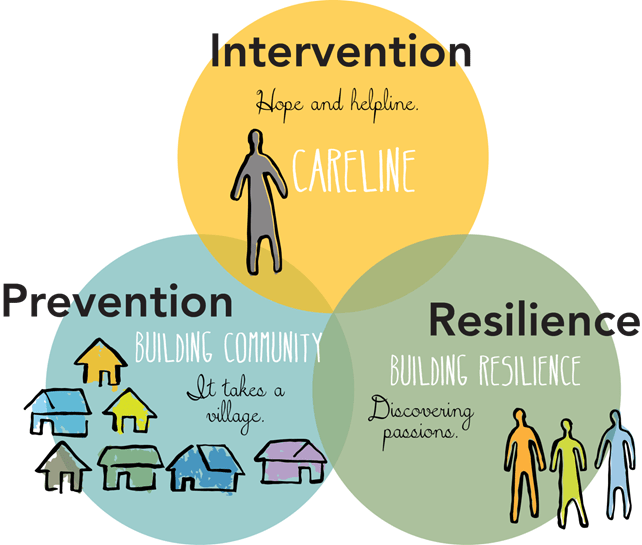Understanding and Preventing Suicide Clusters: Strategies for Healing and Resilience
With rising psychological well-being difficulties, the development of self-destruction bunches remains a major problem requesting critical mediation. Self-destruction bunches, portrayed by a progression of suicides or endeavors inside unambiguous networks, address a profoundly complicated issue that requires investigation.
Read More




